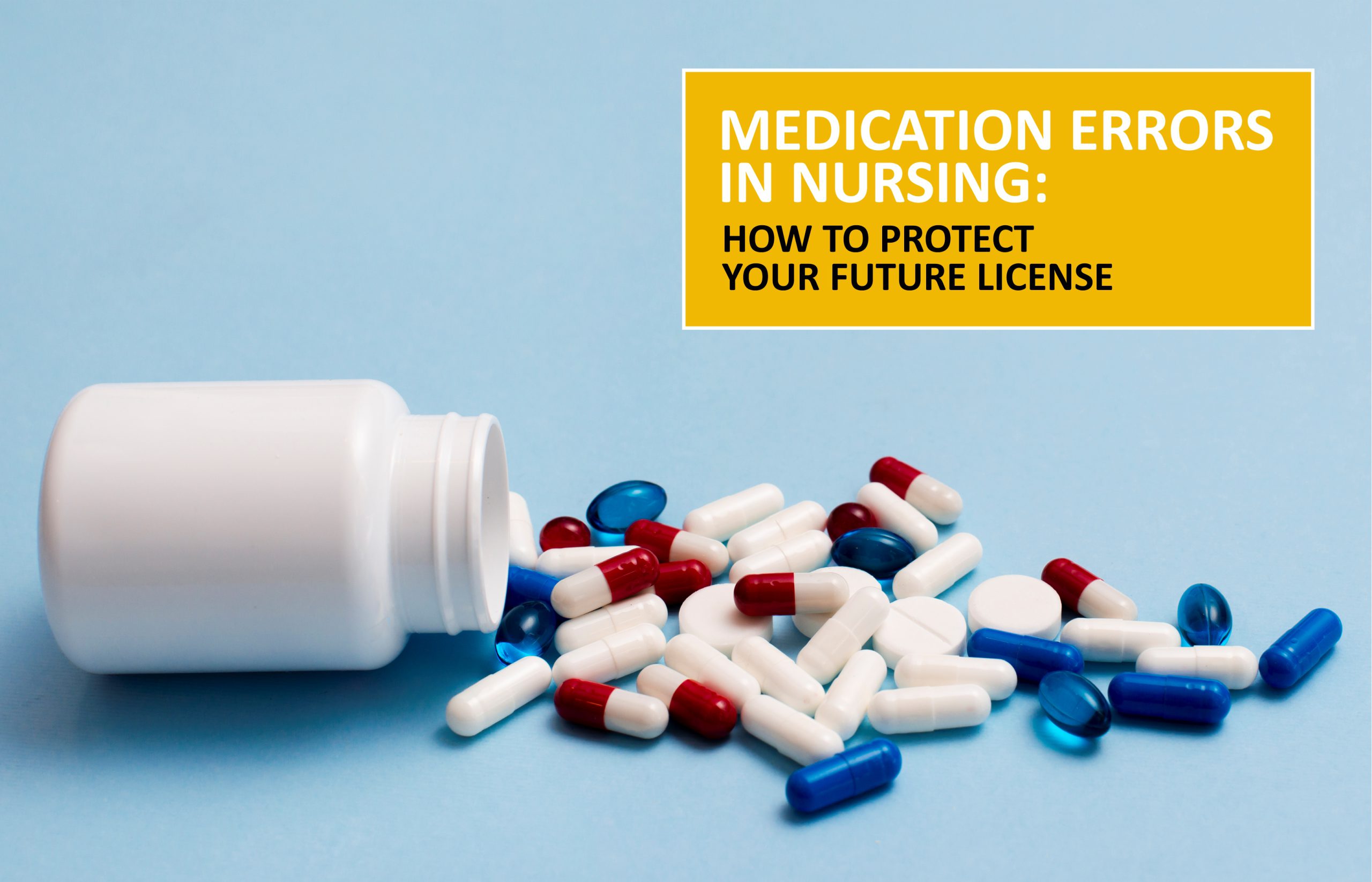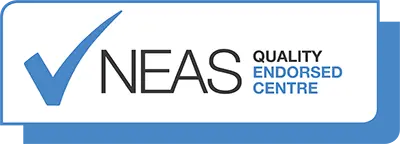
-
Posted on 17th October, 2022
8 Minutes read
Medication Errors in Nursing: How to Protect Your Future License
No conscientious nurse intends to make a mistake that may be deadly, especially when the consequences are the same as in any other situation. So, what are our options? Keep the following in mind.
1.Take your medications without interruptions:
Avoiding interruptions might sound like a no-brainer, but it’s easier said than done when the office phone rings, the call light illuminates, and colleagues need your assistance. Despite all this, nurses need to do their best to temporarily put those distractions on hold and concentrate on the job at hand.
Automated medicine dispensing equipment may store pharmaceuticals that are quite different from one another side by side. It’s also possible that the nurse’s cube doesn’t really contain the drug they’re reaching for. Nurses must remember that even though the machine is computerized, it is still stocked by pharmacy workers, and mistakes may be made.
A square painted on the floor in front of the drug distribution machine is a common sight in several hospitals, serving as a visual reminder to everyone else to give the nurse using the machine their full attention.
2.Check the five rights:
The principles of medication administration that you learnt in nursing school are still relevant in your professional life. Preventing medication mistakes might be aided by a quick review of patient rights before administration. However, regardless of where you went to school, you were likely taught the following five rights.
- Right patient: Patients should be asked for two pieces of identifying information (name and birth date) and names and orders must be cross-checked using barcodes.
- Right medication: Before taking a drug, double-check the label on the bottle with the information shown on the dispensing machine screen.
- The right dose: In case it’s necessary, double-check the sequence and the numbers.
- Right route: If a patient has more than one kind of intravenous (IV), central (central), or arterial (arterial) line, you must verify that you are using the appropriate one.
- Right time: Verify the patient’s current time zone and the last time they received their prescription.
3.Consider how you respond to verbal commands:
Verbal instructions are often delivered by providers to a Registered nurse for entry into the electronic health system. To ensure that orders are submitted accurately, most health systems demand that verbal orders be received by a Registered nurse and reported back to the requesting provider in full. However, this method will not eliminate medication mistakes.
The ordering provider may sometimes request that an RN submit a verbal order that the provider must enter in accordance with policy. In such an instance, it’s reasonable—and typically in everyone’s best interests—to urge the provider to input the order themselves.
In an emergency, verbal commands are essential. During code blues, a pharmacist is usually present and may provide suggestions based on sophisticated cardiac life support protocols and the patient’s chart—but this isn’t always the case.
In other emergency cases, if the pharmacist is not available, you must repeat the order to the ordering physician before providing the drug at the bedside and have another RN in the room to check the medication and dosage.
4. Acknowledge hospital protocols:
In addition to understanding your healthcare system’s regulations on verbal commands, you must get acquainted with how other policies are implemented in your unit.
5. Chart, graph, chart:
Nurses are aware that they must record the administration of medicine as well as any patient responses to the drug but recording everything they do will help safeguard their license.
Even though it is time-consuming, nurses have strong reasons to keep an extensive record of their work. If there are any issues with the patient, hospital administration or a legal team will go over the patient’s records to see if they can identify a reason for what transpired. Even if you did make a mistake, comprehensive documentation may indicate your care to the patient, which may help you avoid liability.
6. Advocate secure methods of staffing:
Most nurses’ concerns and disappointments with the current, punitive response to medication mistakes may be traced back to this one step, which is only partly under their control. Nurses often find themselves in a difficult position when faced with a choice between efficiency and patient safety because of the financial motivation for healthcare providers to retain a minimal staffing strategy. When a nurse’s patient volume increases, it becomes more challenging to implement comprehensive preventive measures for every individual.
Promoting adequate workforce levels is one useful strategy. Also related is the advocacy for healthcare system transparency laws and regulations rather than nurse accountability laws and regulations.
It is true that criminal charges for nursing errors are relatively uncommon; nonetheless, many are concerned that adopting a punitive approach would further burden a workforce that has already encountered enormous obstacles during the COVID-19 epidemic.
Identify your “why”.
There’s no denying that nursing can be difficult—complicated patients, long hours, and a lot of critical obligations are all part of the job. While only time will tell if you would be able to help reducing medication errors in nursing practice and when medication error convictions become a pattern, it never hurts to assess your strategy and do all you can to safeguard yourself and your patients.
It also doesn’t hurt to think about why you decided to become a nurse in the first place. So, choose wisely and make informed decisions.



